TP-Link has been making networking equipment for ages, and it's quite good at it. Not only that, TP-Link routers, more often than not, offer competitive specifications at great prices. Most of us want to buy a router that will last a few years and provide more than enough speed. The Archer AX3000 does just that with solid speeds and support for Wi-Fi 6 as more devices start to support it.
Best overall: Archer AX3000
If you absolutely need Wi-Fi 6, or just want to get in on the new standard, the TP-Link Archer AX3000 is your best bet. At around 10 inches wide and only around 5 inches deep, the AX3000 has a minimal and relatively subtle design, but it packs a punch. It has wireless speeds up to AX3000, which breaks down to 2,402 Mbps at 5Ghz and 574 Mbps at 2.4Ghz. Of course, this router is backward compatible with older Wi-Fi standards, including Wi-Fi 5 or 802.11ac.
It is a bit disappointing that there are no multi-gig Ethernet ports available, so your maximum wired speeds will be 1Gbps, although this is enough for most current applications. If you intend to use a fast storage server on your network, it will be worth it to get something a bit faster like the Archer AX6000.
Still, if you're looking for a fast and consistent Wi-Fi 6 solution without breaking the bank, the AX3000 is a great option.
Pros:
- Wi-Fi 6 compatible for future devices
- AX3000 speeds are enough for most families
- MU-MIMO for multi-device support
Cons:
- No multi-gig Ethernet
Best overall
Archer AX3000
Wi-Fi 6 performance
If you want Wi-Fi 6 and enough speed for a couple of years, the Archer AX3000 is fast enough for 4K streams and much more.
Best Value: Archer A7
Most people don't need absolute top speeds or six antennas on their Wi-Fi system. For a smaller house or apartment, the TP-Link Archer A7 will be able to provide a solid wireless experience. Four gigabit Ethernet ports let this router fit right in with your current wired setup.
You give up a few features for a lower price, such as MU-MIMO and tri-band connectivity, leading to some slowdown if you want to connect many devices at once. Still, with 450Mbps on the 2.4Ghz band and 1,300Mbps at 5Ghz, the Archer A7 should be more than adequate.
Traditional styling with tall antennas makes this router a bit harder to blend into a room, but the black color and subtle design mean it won't stand out too much. This router is a great balance for a network that doesn't need a ton of performance.
Pros:
- Adequate AC1750 speed
- Four Gigabit Ethernet ports
- Supports Amazon Alexa skills
Cons:
- No MU-MIMO
- Only USB 2.0
Best Value
Archer A7
AC1750 for less
AC1750 speeds are enough for the vast majority of users. Four Ethernet ports and three antennas help connect plenty of devices.
Affordable Wi-Fi 6: Archer AX10
The TP-Link Archer AX10 is a remarkable value, and it's cheap even when compared to other entry-level Wi-Fi 6 systems. Users won't be giving up much for the price thanks to four Ethernet ports and four antennas providing the AX1500 connection speeds. Compared to many other routers on this list and even some Wi-Fi 5 routers, this is a bit low, but there are other reasons to consider the AX10 other than raw speed.
The Archer AX10 can deliver 1,201Mbps at 5GHz and 300Mbps at 2.4GHz. To put that in perspective, you need around 25Mbps most of the time for a 4K video stream. The key factor is consistency, and with Wi-Fi 6, more devices are supported. Interference will also be less of an issue than with the previous generation of Wi-Fi.
If you're looking for something to keep your network current without the need for top speeds, this can be a great option.
Pros:
- Wi-Fi 6 supports fully new devices
- Four Ethernet ports
- Dual-band
- Cheap
Cons:
- AX1500 speeds don't make the most of Wi-Fi 6
- A bit bulky for its performance
Affordable Wi-Fi 6
Archer AX10
Wi-Fi 6 support for less
The AX1500 speeds delivered by the AX10 are enough for most people, and support for Wi-Fi 6 keeps speeds up with more devices.
Wi-Fi 6 Upgrade: Archer AX6000
The TP-Link Archer AX6000 is a fast router. This router's AX6000 Wi-Fi 6 speeds break down to 4804Mbps on the 5GHz band and 1148Mbps on the 2.4GHz band. This router should have no trouble keeping up with any fast Wi-Fi 6 device, whether it's a new notebook computer or even a PS5. If you are a gamer and want to make the most of every millisecond of latency, there are eight Ethernet ports on the back, allowing you to wire up your whole network without a switch.
This router won't be easy to conceal, thanks to its large footprint. Each side of this router measures 10.3 inches, but you get a lot of performance for the inconvenience. Eight high-performance antennas help this router cover substantial homes with ease and keep your connection quality high.
TP-Link's included HomeCare software can help keep your network performance consistent with the included QoS software. You also get advanced parental controls and extra antivirus security.
Pros:
- High-speed Wi-Fi 6 performance
- 8 Ethernet ports with 2.5G WAN
- WPA3 support
- USB-C port for storage
Cons:
- Only dual-band
- Very large and hard to place
Wi-Fi 6 Upgrade
Archer AX6000
Tons of capacity for wired and wireless devices
The TP-Link Archer AX6000 is a complete home network in one package with tons of Wi-Fi speed with Wi-Fi 6 and 8 Ethernet ports.
Best Gaming: Archer C5400X
The C5400X is just about the best performance you can get in an AC Wi-Fi router. There is a Wi-Fi 6 version available exclusively to Costco members if you want the absolute best performance. If you wish to stick with the AC version, you aren't giving up much with a potential speed of 5,400Mbps.
This router is also a great fit if you have a fast network storage server thanks to link aggregation, which allows a wired connection of up to 2Gbps. Speaking of wired connections, the C5400X has eight gigabit Ethernet ports meaning you can stick to wired on all of your game consoles and gaming PC.
While the appearance does shout "gamer," quality of service software helps it live up to the appearance and keeps gaming latency low even when there are many devices connected. Combine all this with tri-band Wi-Fi and MU-MIMO, and you should have a consistent and fast Wi-Fi experience.
Pros:
- Fast tri-band AC5400 speeds
- Eight Ethernet ports
- MU-MIMO for multi-device support
- Link aggregation
Cons:
- Gamer aesthetic
- No Wi-fi 6 support
Best Gaming
Archer C5400X
Fast gaming performance
The Archer C5400X is one of the fastest AC routers with capacity for wired and wireless devices; it's great for a busy network.
Best Entry-level Mesh: Deco M5
Mesh networking is the biggest trend in Wi-Fi. These routers work together to provide great coverage by combining multiple small routers into a single network. The TP-Link Deco M5 isn't the fastest mesh router around, but with a great price and an easy app-based setup, it is a great option for someone just getting into mesh networking.
This router has two ethernet ports on each one, so you don't need to give up on your wired devices, but the focus here is on Wi-Fi. Speaking of Wi-Fi, this Deco M5 sports a dual-band connection at AC1200 speeds. That's 867Mbps at 5Ghz and 400Mbps at 2.4Ghz. With a three-pack covering an estimated 5,500 square feet, this can be a great solution for a home that's hard to cover with just one router.
Since you'll be placing mesh routers in more rooms of your home, it's nice that the Deco M5 is so small. You can always add more Deco routers if you want to strengthen your network as well.
Pros:
- AC1200 speeds are enough for most people
- Compact size
- MU-MIMO for multi-device support
- 5,500 square feet of coverage
Cons:
- Dual-band isn't ideal for mesh
- Only two Ethernet ports per unit
Best entry-level mesh
Deco M5
Solid starter mesh
The TP-Link Deco M5 is a simple and easy way to build a mesh network in your home. The Wi-Fi speed is fast enough for most users.
Best Wi-Fi 6 Mesh: Deco X20
TP-Links Deco series of mesh routers have long been one of the best values available with great hardware and smart designs. The Deco X20 continues this with a compact Wi-Fi capable node, forming a cylinder only 4.33 inches in diameter and 4.49 inches tall. Despite the small size, there is room for four antennas delivering the device's dual-band connection with a max speed of AX1800. That's 1,201Mbps at 5GHz and 574Mbps at 2.4GHz. You also can get up to 5,800 square feet of coverage, which should be more than enough for most homes.
Helpfully, each X20 unit has two Ethernet ports on the back. One port will be used on the main unit for the incoming internet connection, but on the remote nodes, they can be used to connect wired devices. This can be for older non-wireless PCs or even to improve latency on something like a game console.
Like the other Deco products, you will need to set up your network with an app requiring a mobile device with above iOS 9.0 or Android 4.4. Still, the utility of the app makes it an easy way to manage your network.
Pros:
- Wi-Fi 6
- Compact size
- Two Ethernet on each node
- WPA3 support
- Up to 5,800 square feet of coverage
Cons:
- Only dual-band
- AX1800 speed won't hold up to gigabit connections
Best Wi-Fi 6 mesh
Deco X20
AX1800 speeds with up to 5,800 sq ft of coverage
The Deco X20 offers great coverage and a balance of features with AX1800 speeds and dual Ethernet ports on each unit.
Bottom line
TP-Link makes some of the best wireless routers and likely has a solution for anyone's networking needs. Even with intense competition in the mesh space from newer companies like Google and Eero, the Deco mesh routers are a great value whether you need the fast M9 Plus or want to step up to Wi-Fi 6 with the X20. Gaming is also an option with quality of service software to keep gaming latency low even when there are many users online.
One of the reasons there are so many different routers to choose from is because they all fill a different set of requirements. If, however, you want a great balance of the most important features in a router, the Archer AX3000 is a great choice. With more than enough speed for most homes and Wi-Fi 6 to be ready for the next generation of wireless devices, this router is a great choice.
Credits — The team that worked on this guide
![]()
Samuel Contreras When Samuel is not writing about networking and carriers, he spends most of his time researching computer components and obsessing over what CPU goes into the ultimate Windows 98 computer. It's the Pentium 3.
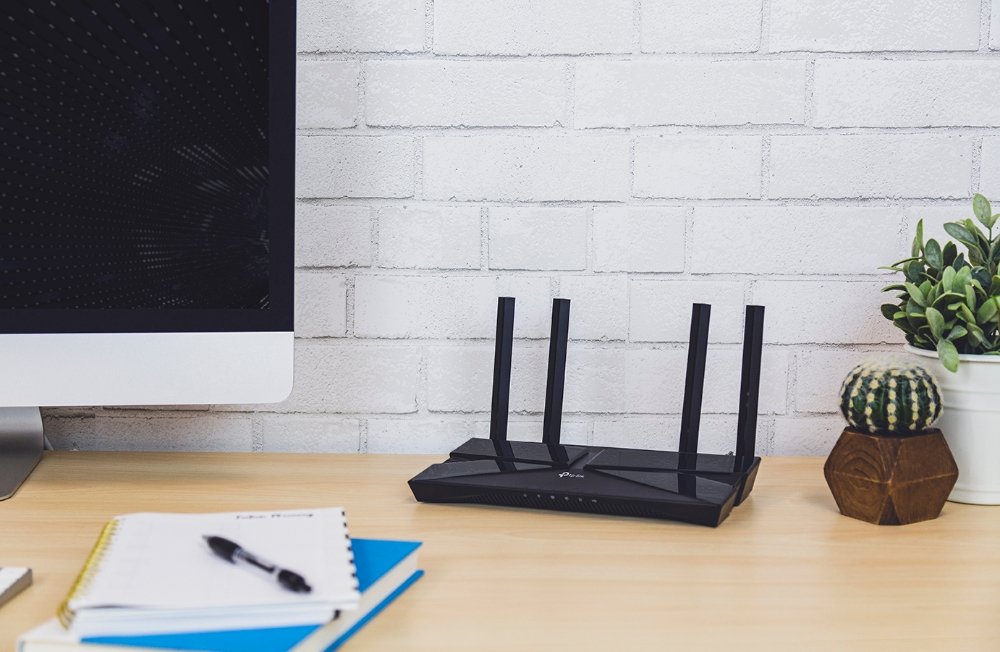
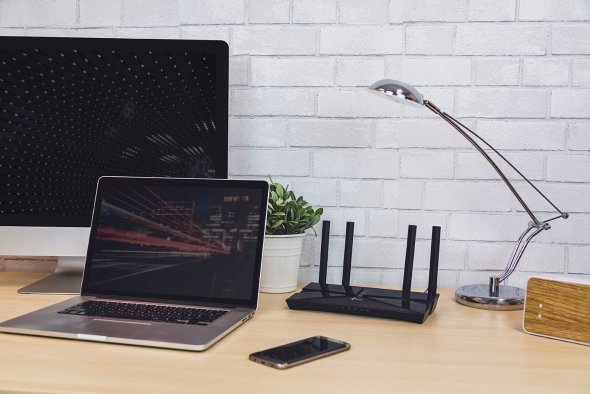
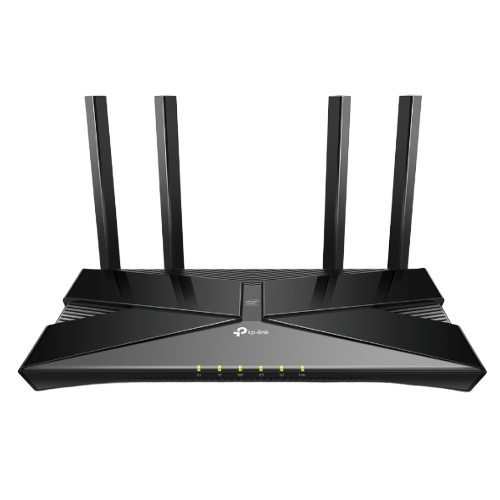
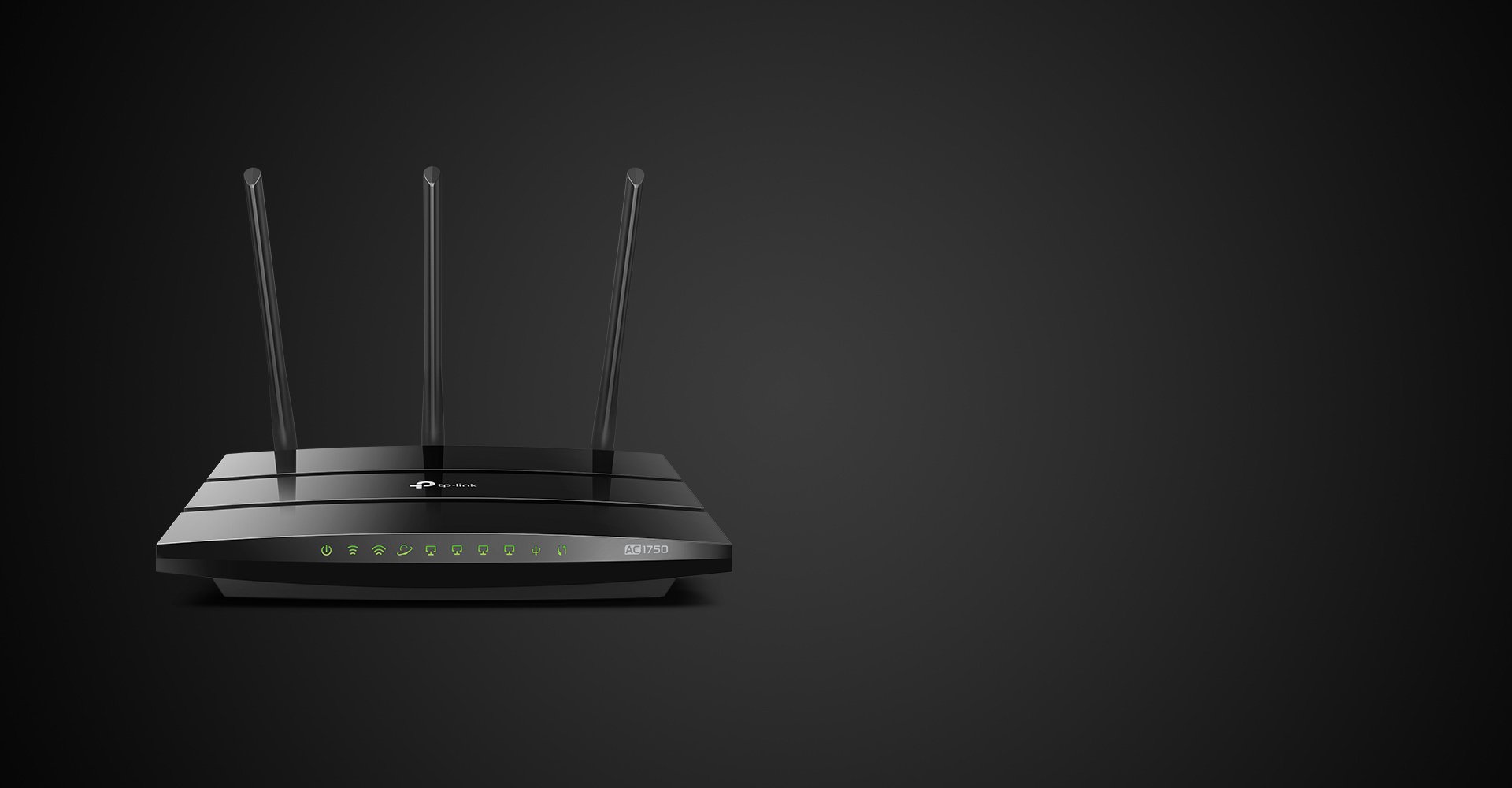
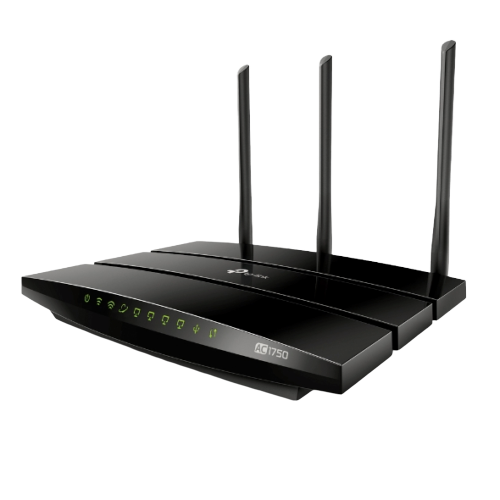
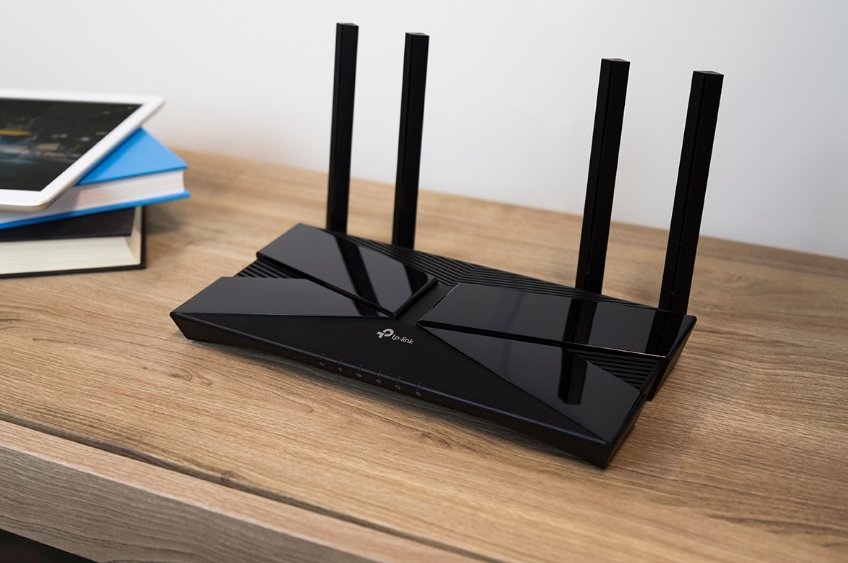
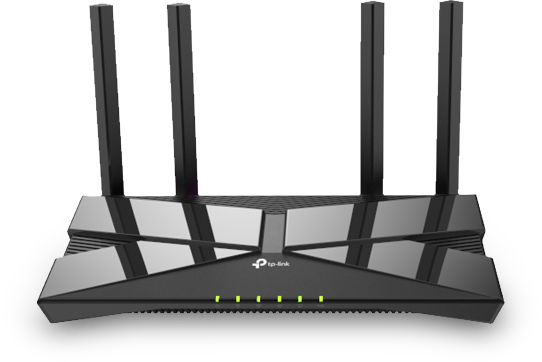
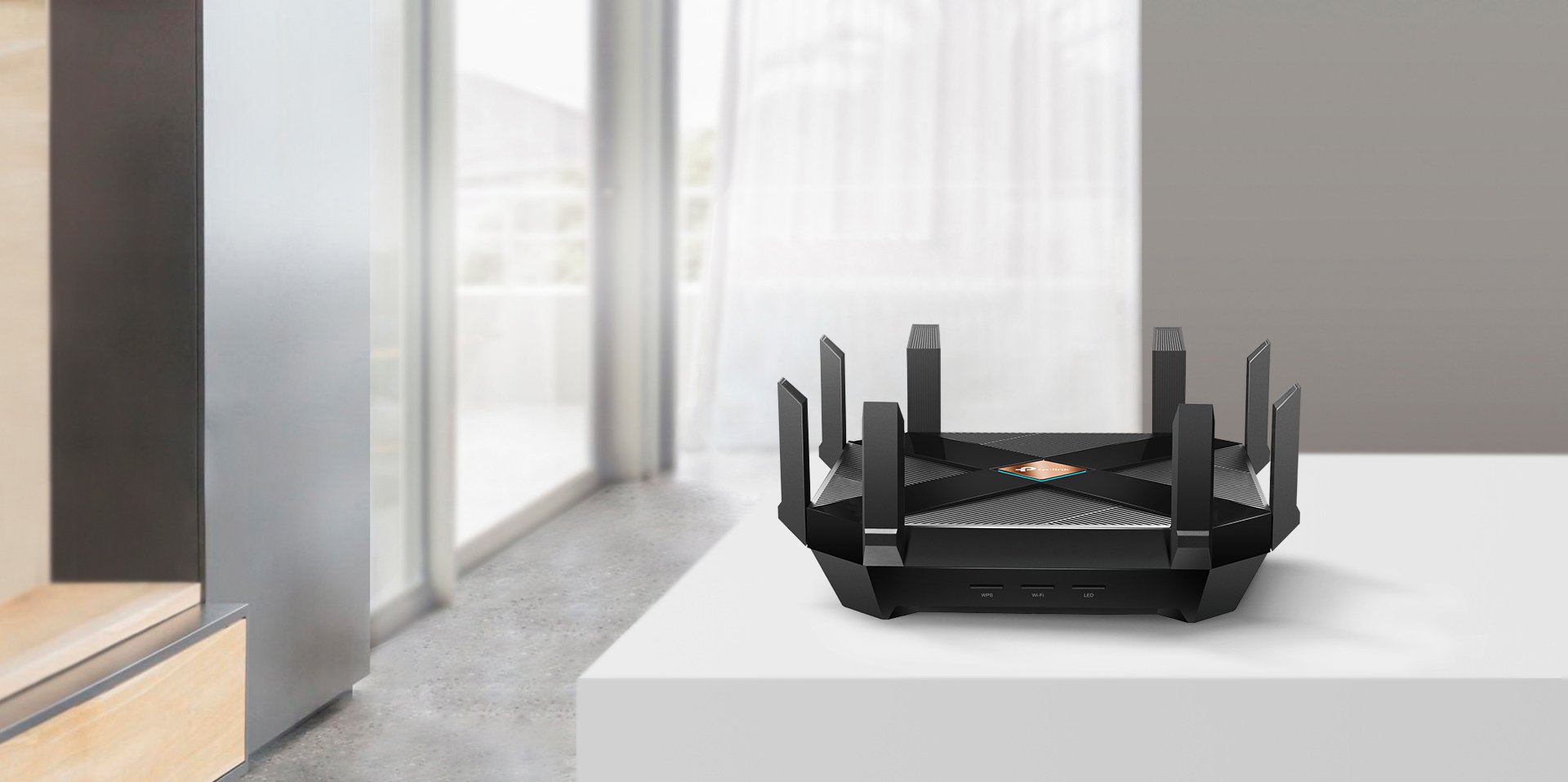
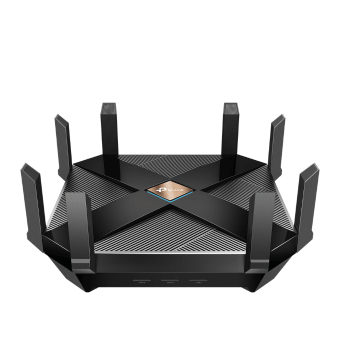

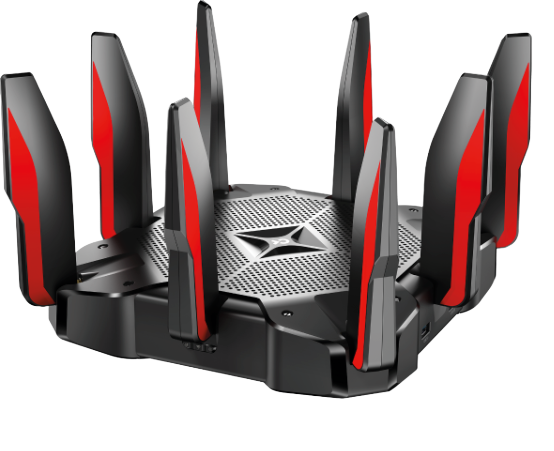

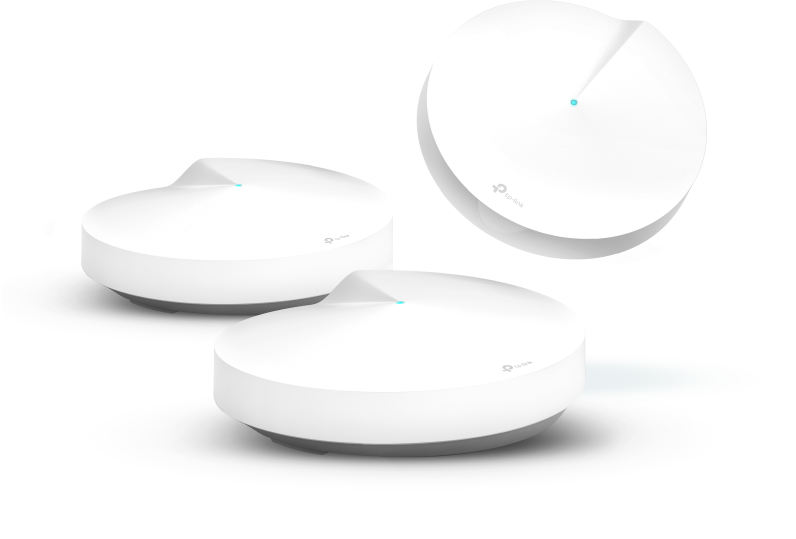

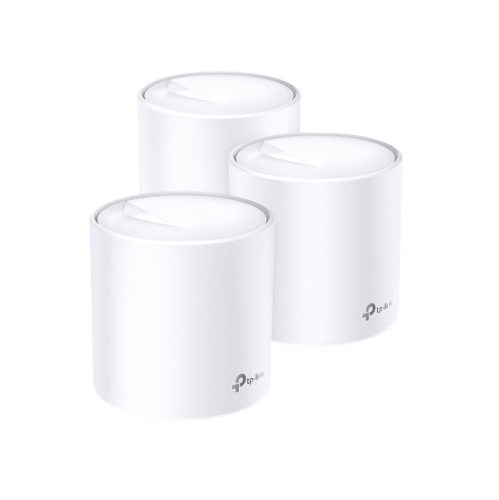
0 Response to "You Can See More: Want a TP-Link router system? Here are some of our favorites."
Post a Comment